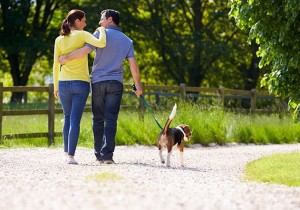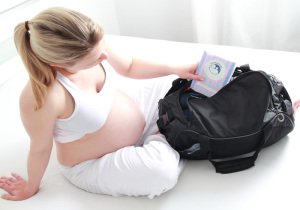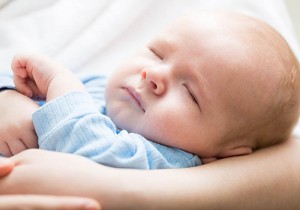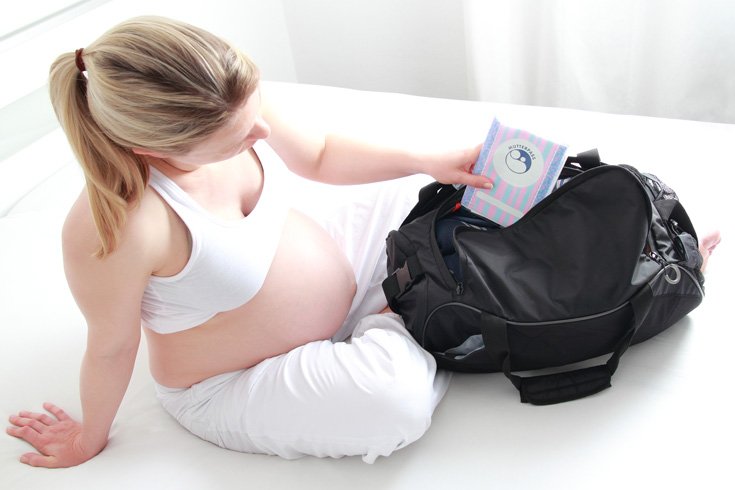

If you’re wondering what the difference between toilet training and toilet learning is, you might like to read this first. In a nutshell, toilet learning is the idea that adults don’t need to train their toddlers to go to the toilet. Instead, the child needs to be developmentally ready, and the role of the adult is to support and facilitate the process.
We know you have a lot of questions about toilet learning, so we’ve hopefully answered them all here for you.
Top 10 toilet learning tips for toddlers
1. What should I do to prepare my toddler?
Even before your child is showing signs of readiness, you might like to introduce them to the concept of toileting in a fun, relaxed way. For example:
- Have a potty in the bathroom that they just sit on before a bath, or while you’re on the toilet.
- Experiment with toilet play by sitting teddies or dolls on the potty. Use some toilet paper to pretend to wipe their bottoms.
- Read fun books about using the toilet.
- Start practicing washing hands with them after changing their nappy or before meals.
- Show them how to pull up and pull down their pants or pull-up.
2. What do I need to get before we start?
Having everything you need at home before you even start is key. It then becomes familiar and comfortable. See our list of 10 toddler toilet learning essentials for everything you need from potties, toilet seats, steps to reach the toilet, portable potties and toilet seats, and sheet protectors, so you have every situation covered. You need to be equipped at home, in each bathroom, and when you’re out and about or on holiday.
3. What’s the best clothing while they’re toilet learning?
It’s a great idea to use training pants (cloth is beneficial over disposable, and it’s best to call them underpants like the rest of the family wears), and easy to remove clothing that doesn’t have buttons, zips, ties etc. When a toddler says that they need the toilet, it’s usually right then and there that they need to go.
4. How will I know when they’re ready?
There are a lot of steps to using the toilet, from knowing that they need to go, stopping what they’re doing (which is usually lots of fun), finding the potty or toilet, opening a door, possibly turning on a light, pulling down pants, getting on the toilet, getting some toilet paper, wiping well, flushing the toilet, washing their hands properly, and finally drying them. It’s a lot for a small child!
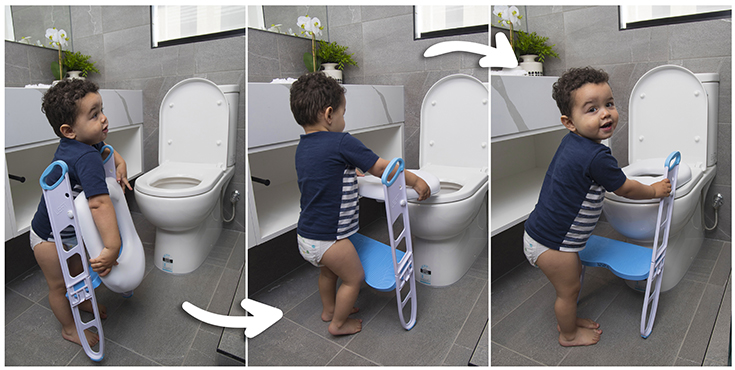
Some of the signs of readiness which also take time to develop include:
- Physical: Does your child have the ability to manage all of these steps, such as pulling up and down their pants, getting onto the toilet or potty? Do they have the ability to recognise the signs that they need to go, and to then hold on until they reach the toilet?
- Emotional: Is your child ready to handle the responsibility? Do they cope okay with getting wet? Are they happy to tell you when they haven’t quite made it to the toilet?
- Intellectual: Can your child communicate their needs to you?
- Social: Is your child willing to stop playing so that they can use the potty or toilet?
5. What happens when they regress?
After starting toilet learning, toddlers often go through a stage (or more than one) when they lose interest, refuse, or stop telling you they need the toilet. This is a typical timeline of toilet learning. The novelty can wear off, and they decide it’s a lot of work, which also interrupts their important play. It’s normal and to be expected, so try not to feel frustrated or that all your hard work was for nothing.
Just keep going as you were without making too much of a big deal out of it. If they ask to wear pull-ups again, it’s fine. The less pressure they feel from us the better. Toddlers like to think it’s all their idea!
6. How should I respond to any setbacks?
Rather than calling them ‘accidents’, think of it as part of the learning process. Like while your child is learning to walk, they’ll fall over. It’s part of the process, and it won’t happen overnight. When anyone is learning something new, particularly with a child’s developing brain, it will take time and we need to be patient.
If your toddler wets or soils their clothes or the floor, remain calm, and say something like ‘you have urinated, so we need to go to the potty to urinate’. Change their clothing, and quickly clean up the mess without showing frustration. We don’t want them to feel ashamed, since they’re doing the best they can.
7. What about when we’re out and about?
Keep up your routine as much as you can when you leave the house, so as to avoid confusion. Take a portable potty or toilet seat, plenty of changes of clothes, and a waterproof protector for the pram or car. If you’re leaving your child with other caregivers, explain to them what you do at home, and the language you would prefer to be used surrounding toilet learning.
8. When are they ready to learn overnight?
Nighttime toilet learning is very different to daytime learning, and usually takes a lot longer to master, sometimes up to 5 years of age or later. However, if your child asks to wear underwear to bed, they might be ready. Just be prepared for extra washing, and have plenty of time and patience.
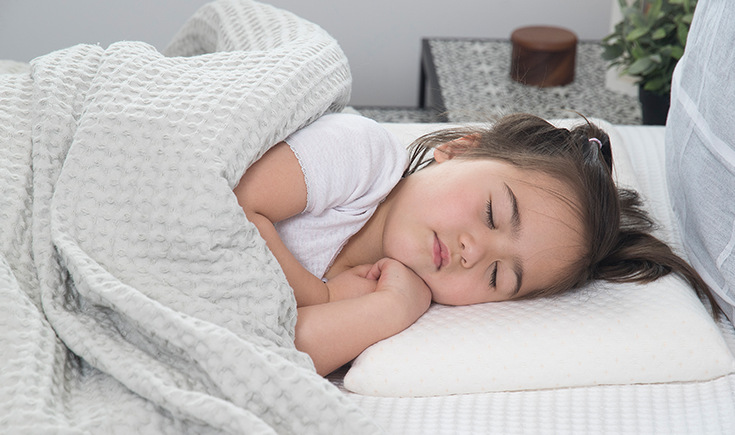
It’s a fantastic idea to use a sheet protector (and have a couple spare) so you’re not having to strip the whole bed in the middle of the night. You might like to have a potty in the bedroom on a towel with a nightlight beside it, or leave the bathroom light on overnight if your toddler is in a bed and you’re comfortable with them getting up.
9. What if my child doesn’t like to keep still?
If you have an energetic toddler who resists the idea of sitting down on the toilet (or anywhere!), understand that they aren’t trying to be difficult, but they genuinely have a hard time keeping still. Don’t force your child to sit, and don’t expect that they’ll sit for more than five minutes, whether they end up going or not.
Find something that keeps your child sitting calmly, such as reading a book, blowing bubbles for them to watch, or singing a song. Photo books are often something kids like, or have some pictures on the bathroom walls that they like looking at and chatting about.
10. What if my child won’t make a bowel movement on the toilet?
It’s not unusual for a child to be fine with urinating in the toilet or potty, but refuse (and hold onto) bowel movements. Children view their bowel movements as belonging to them, so it can be scary for them to not only see them but to witness them disappearing down the toilet.
Ask them to put into words what they might be experiencing, and acknowledge those emotions. Reassure them that the rest of their body won’t flush away. You might even like to model this yourself when you go (parenting is glamorous, isn’t it?). Perhaps they’d feel more at ease if they used the potty when they poo, and they could flush it themselves when they’re ready.
If your toddler does hold on, or has an experience of constipation which then puts them off using the toilet, it can be a vicious cycle. Speak to your GP or paediatrician for suggestions.


